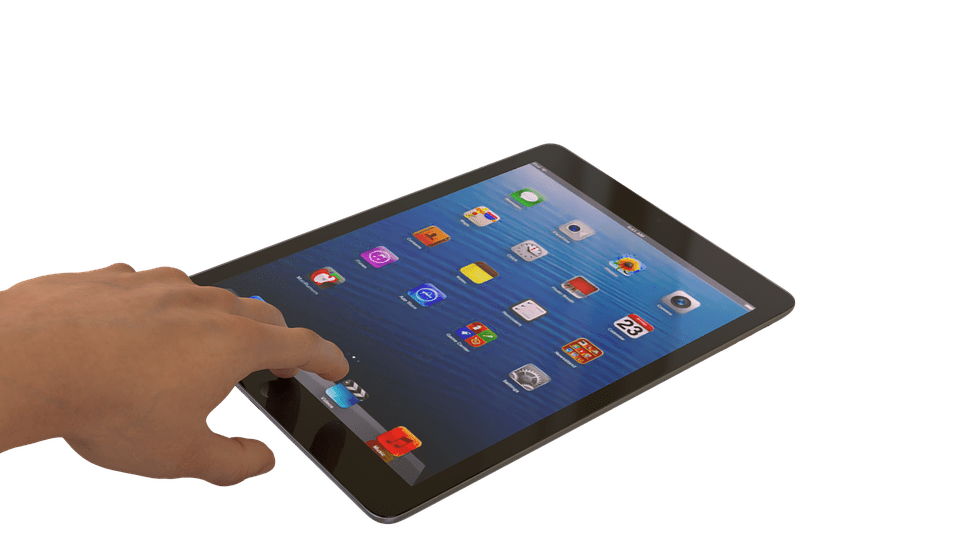Do you know this?
The rule about not wearing white after Labor Day is so common that many people don’t even think twice about it. But where, exactly, did this rule even come from?
From rich people, apparently.
In the late 1800s and early 1900s, more and more people became millionaires. High-society wives felt the need to come up with a way to tell the difference between respectable old money families and vulgar new money families. So, they came up with elaborate rules that only people in the “know” would be aware of.
Case in point, not wearing white outside of the summer months. White was only for weddings and resort wear. After Labor Day became a federal holiday in 1894, it was considered the natural endpoint for summer fashion.
Photo Credit: iStock
Like many high-society fashion trends, this rule eventually trickled down to the middle class, too. Women’s magazines in the 1950s advised women to put white clothes into storage on Labor Day until the next Memorial Day came around.
But that’s not to say that everyone accepted this rule. Some socialites ignored the trend and continued to wear white year-round, such as Coco Chanel.
Photo Credit: iStock
Similarly, nowadays, a lot of people ignore this rule altogether. And knowing its origins, it seems completely fair to do that! The custom is over 100 years old and no longer really relevant. Yet, every year, you’ll probably hear someone citing it nonetheless.
Because of course, dahhhling!
The post This Is Why You’re Not Supposed to Wear White After Labor Day appeared first on UberFacts.




 : @like.a.bossen – Thicc fries save lives. 8/10 for deep fried saviors . . . . #fries #fryday #fry #frenchfries #friesoverguys
: @like.a.bossen – Thicc fries save lives. 8/10 for deep fried saviors . . . . #fries #fryday #fry #frenchfries #friesoverguys ¿Estás en busca de un snack con un exquisito sabor a queso cheddar? Estas Pringles serán tu mejor opción. . Como sabemos que te encantan las traemos para que disfrutes en cualquier momento del día.
¿Estás en busca de un snack con un exquisito sabor a queso cheddar? Estas Pringles serán tu mejor opción. . Como sabemos que te encantan las traemos para que disfrutes en cualquier momento del día. 
 . #delicioso #sabor #queso #cheddar #pringles #exclusive #market #pzo #ciudadguayana #puertoordaz #exclusivemarketve
. #delicioso #sabor #queso #cheddar #pringles #exclusive #market #pzo #ciudadguayana #puertoordaz #exclusivemarketve
 Roti Tawar #rotitawar#whitebread#bread#homemade#homebaked#baking#instafood#foodstagram#foodgasn#like4like#follow4follow
Roti Tawar #rotitawar#whitebread#bread#homemade#homebaked#baking#instafood#foodstagram#foodgasn#like4like#follow4follow When I first had the idea about selling my artwork one of my biggest concerns was my packaging and how it would effect the environment! Therefore, after doing some research I found a company @ecocraft_ltd . Eco craft produce bio-degradable packaging bags made from potato/corn starch. They look and feel exactly like cellophane bags,however, are sustainable making my products have a better impact on the environment,meaning less single use plastic!!
When I first had the idea about selling my artwork one of my biggest concerns was my packaging and how it would effect the environment! Therefore, after doing some research I found a company @ecocraft_ltd . Eco craft produce bio-degradable packaging bags made from potato/corn starch. They look and feel exactly like cellophane bags,however, are sustainable making my products have a better impact on the environment,meaning less single use plastic!!  Therefore, all my prints will be packaged using these green bags along with all my postage envelopes that can be recycled.
Therefore, all my prints will be packaged using these green bags along with all my postage envelopes that can be recycled. 
 !
! @zistat Follow
@zistat Follow  • • • • • #glock #glock19x #ga #south #2ndamendment #defendthesecond #concealedcarry #military #carry #righttobeararms #righttocarry
• • • • • #glock #glock19x #ga #south #2ndamendment #defendthesecond #concealedcarry #military #carry #righttobeararms #righttocarry #thisisamerica #humanrights #feminist #blm #policebrutality
#thisisamerica #humanrights #feminist #blm #policebrutality



